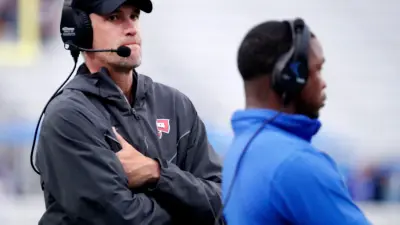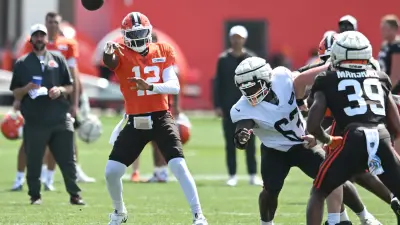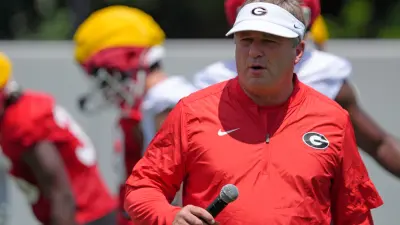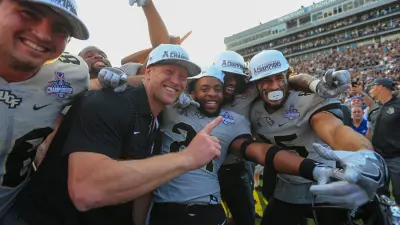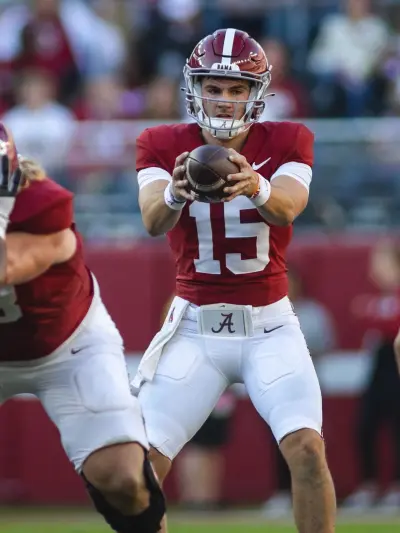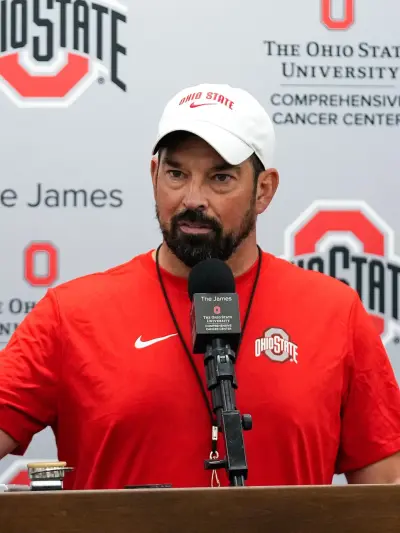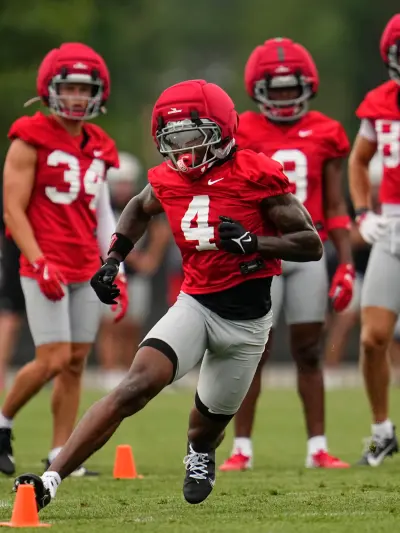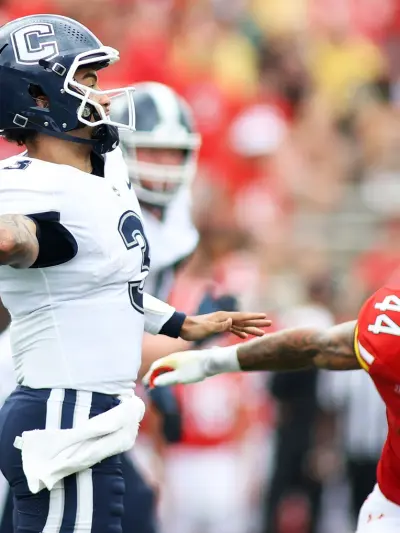By Jay Berry
A documentary is premiering on the SEC Network this month that explores the Wishbone offense that revolutionized college football.
In the late 1960s, a new offensive style would not only transform the sport of college football. It would also change the trajectory of three of the sports biggest brands. Texas, Oklahoma and Alabama were facing hard times where they struggled to win. That is until the wishbone offense was invented.
The documentary “SEC Storied: Wishbone” will premiere at 7 p.m. ET on July 17 and will look into how this new offense would become iconic.
SEC Network documentary on the Wishbone offense? Oh, baby. pic.twitter.com/BpLJoNbPLI
— Chris Vannini (@ChrisVannini) June 27, 2025
Beginning of the Wishbone

© Malcolm Emmons-Imagn Images
More Sports News
From 1961-1964 the Longhorns only lost three games. They followed that up with four straight losing seasons, and in 1967 they only averaged 18 points per game. After suffering through the losing and struggling to score points, Texas head coach Darrell Royal, decided to take a chance on offensive coordinator Emory Bellard’s new offense in 1968.
The Longhorns would go on an epic run, winning 30 straight games from 1968-1971 and two national championships.
Making History
The innovative offense might have been invented at the University of Texas but it also helped the Longhorns’ archival. “SEC Storied: Wishbone” also explores how college football evolved in the Barry Switzer era at Oklahoma following Texas’ innovation of the groundbreaking offensive formation.
In 1970, Oklahoma Sooners coaches Chuck Fairbanks and Switzer would implement the offense. The Wishbone was a huge part Oklahoma’s success during that era, helping them set rushing records and become one of the most highly-ranked teams in the country, including an epic 1971 season where Fairbanks was the head coach and Switzer was the offensive coordinator.
The 1971 team still holds several NCAA rushing records:
- Single season rushing yards per game: The Sooners set an NCAA record by averaging more than 472.4 rushing ypg (5,196 yards in 11 games).
- Single season rushing touchdowns: The 1971 team holds the record for the most rushing touchdowns in a single season with 62.
- Single season rushing touchdowns per game: This record of 5.17 also belongs to the 1971 team.
Legendary.
Celebrating the 5️⃣0️⃣th anniversary of the 1974 & '75 national title teams@Barry_Switzer | #OUDNA pic.twitter.com/vZW97Bp0od
— Oklahoma Football (@OU_Football) August 31, 2024
Ironically, the Sooners would defeat the Longhorns for the 1974 National Championship, marking the first of three national championships under Switzer, who continued to utilize the Wishbone formation throughout his tenure.
Bear Bryant
The implementation of the wishbone offense also had a significant and lasting impact for legendary Alabama coach Bear Bryant.
Following back-to-back six-win seasons, Bryant needed something to change. Alabama would implement the wishbone in the 1971 season. They went on to finish 11–1, their first double-digit win season since 1966. The Crimson Tide would win three national championships during the era in 1973, 1978 and 1979.
Redefining College Football
“SEC Storied: Wishbone” captures more than just a revolutionary football strategy—it tells a story of desperation, innovation and transformation.
From Texas’ unstoppable 30-game streak to Oklahoma’s record-shattering 1971 season and Alabama’s breakthrough, Bellard’s Wishbone offense didn’t just save struggling programs—it redefined college football’s possibilities.
The Wishbone’s success would also inspire programs like Texas A&M and Mississippi State. Bellard would coach Texas A&M from 1972-78 and Mississippi State from 1979-85. He led both programs to bowl games during his time at each school.
Decades later, the Wishbone’s legacy endures in the record books and the Southeast’s cultural fabric.




